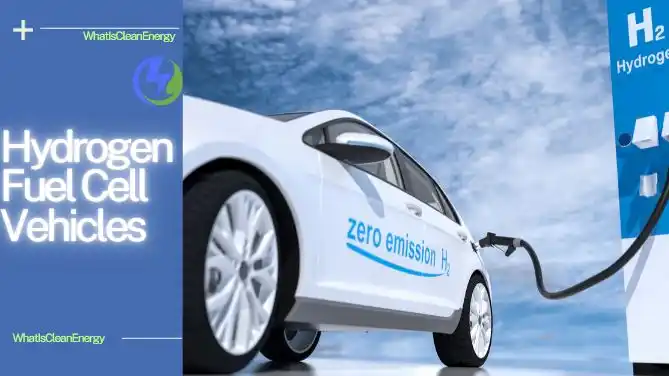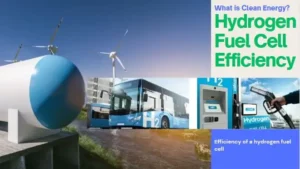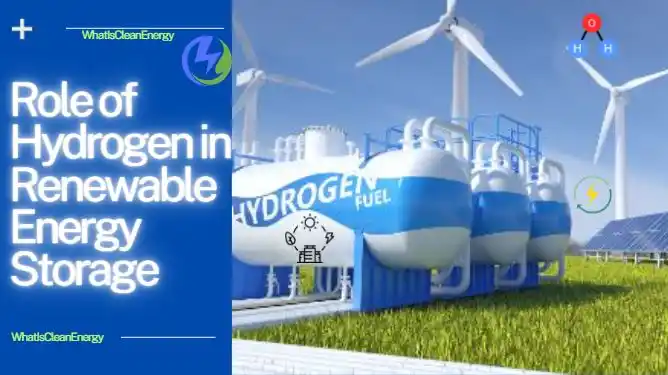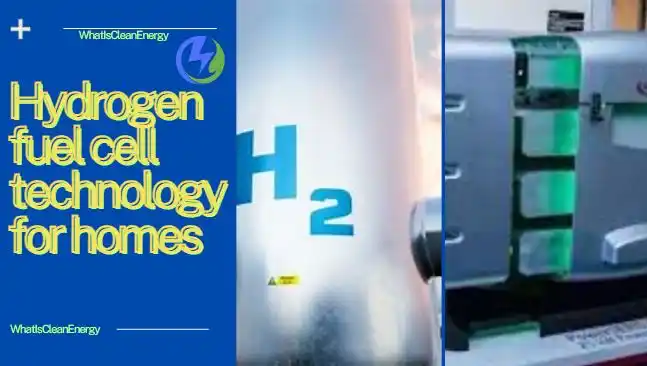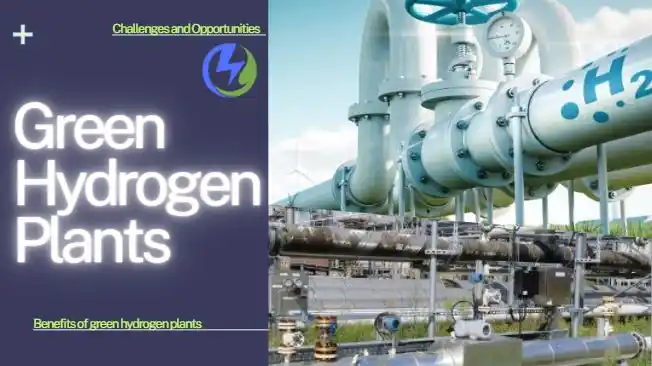Hydrogen is the most abundant element in the universe. It can be used as a clean and renewable energy source for various applications, including transportation. Hydrogen fuel cell vehicles (HFCVs) are a type of electric vehicle that uses hydrogen gas to power an electric motor. It produces only water vapor and heat as emissions.
Hydrogen Fuel Cell Vehicles
HFCVs have several advantages over conventional vehicles that run on gasoline or diesel. Such as lower greenhouse gas emissions, higher energy efficiency, and faster refueling times. However, HFCVs also face some challenges, such as high costs, limited availability, and safety concerns. In this article, we will explore the technology behind HFCVs, their current status, and prospects. We also look into some frequently asked questions (FAQs) about them.
Hydrogen Fuel Cell Vehicles Technology
A fuel cell is a device that turns chemical energy into electrical power through an electrochemical reaction. It typically has two parts: an anode and a cathode separated by an electrolyte membrane. Here’s how it works: Hydrogen gas enters the anode, where a catalyst splits it into protons and electrons. The protons move through the membrane to the cathode, while the electrons flow through an external circuit, creating electricity. At the cathode, oxygen from the air combines with protons and electrons to produce water and heat.
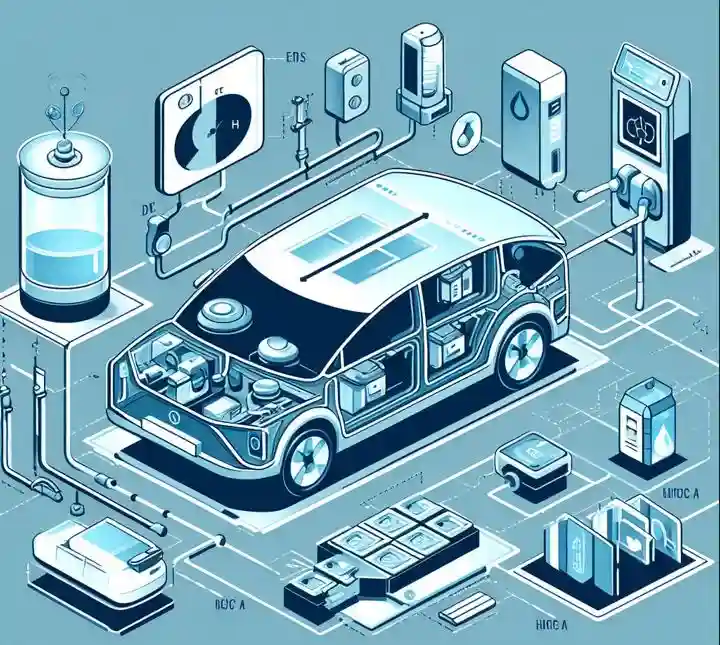
In a hydrogen fuel cell vehicle, a fuel cell stack, a series of fuel cells linked in parallel or series, powers an electric motor that drives the wheels. The vehicle stores hydrogen gas in high-pressure tanks and gets oxygen from the surrounding air. The fuel cell stack generates electricity, and we can store it in a battery or capacitor for later use. It either releases any water vapor it produces through the exhaust or collects it for recycling.
Advantages of Hydrogen Fuel Cell Vehicles
HFCVs have several advantages over conventional vehicles that run on gasoline or diesel. Some of these advantages are:
- Zero Emissions: Hydrogen fuel cell vehicles (HFCVs) produce only water vapor and heat, making them eco-friendly. According to the US Department of Energy (DOE), they can cut greenhouse gas emissions by 30% to 50% compared to gasoline cars.
- High Efficiency: HFCVs can convert a whopping 60% of hydrogen’s energy into electricity. This is far better than gasoline engines (20% to 30%). This means they travel further on less fuel.
- Quick Refueling: At hydrogen stations, HFCVs refuel in about five minutes, just like regular cars. Charging electric vehicles can take hours in comparison.
- Quiet and Smooth: HFCVs have fewer moving parts, making them quieter and more comfortable for drivers and passengers.
- Renewable Hydrogen: Hydrogen can come from sources like natural gas, coal, biomass, water, or solar energy. Some of these sources are renewable, reducing reliance on fossil fuels and foreign oil imports. For instance, water can be split into hydrogen and oxygen using solar or wind power.
Future Prospects of Hydrogen Fuel Cell Vehicles
HFCVs are currently at an early stage of development and deployment. Presently only a few models are available for sale or lease in some regions of the world. According to the International Energy Agency (IEA), there were about 11,200 HFCVs on the road globally by the end of 2019. Most of these vehicles were in California, Japan, South Korea, China, and Germany. The IEA estimates that HFCVs could reach 10 million units by 2030 and 400 million units by 2050 under an optimistic scenario.
HFCV Challenges
However, some challenges need to be overcome before HFCVs can become more widely adopted and competitive with other vehicle technologies. Some of these challenges are:
- High costs: HFCVs are currently more expensive than conventional vehicles and battery-electric vehicles. This is due to the high costs of fuel cell components, hydrogen storage tanks, and hydrogen production and distribution infrastructure. The DOE has set a target of reducing the cost of a fuel cell system to $40 per kilowatt by 2020, which is comparable to the cost of a gasoline engine. However, this target has not been achieved yet.
- Limited availability: HFCVs are only available in a few markets where there is sufficient hydrogen infrastructure and policy support. The IEA estimates that there were about 470 hydrogen stations worldwide by the end of 2019. Most of them are in Japan, Germany, California, and China. The IEA projects that about 5,000 stations are needed by 2030 to support 10 million HFCVs.
- Safety concerns: Hydrogen is a flammable and explosive gas that requires careful handling and storage. HFCVs have to meet strict safety standards and regulations to ensure that they do not pose any risks to the public or the environment. For example, the hydrogen tanks have to withstand high pressures and temperatures. The fuel cell systems have to prevent hydrogen leakage and ignition.
FAQs
How far can a hydrogen fuel cell vehicle travel on a full tank?
The driving range of a HFCV depends on several factors, such as the size and efficiency of the fuel cell system, the capacity and pressure of the hydrogen tank, the driving conditions and style, and the use of auxiliary systems. According to the US Environmental Protection Agency (EPA), the 2021 Toyota Mirai has a driving range of 402 miles on a full tank of hydrogen, while the 2019 Hyundai Nexo has a range of 380 miles.
How much does it cost to refuel a hydrogen fuel cell vehicle?
The cost of refueling a HFCV depends on the price of hydrogen, which varies by region and market conditions. According to the California Fuel Cell Partnership, the average price of hydrogen in California was $16.51 per kilogram in February 2020 4. Assuming that a HFCV consumes about 1 kilogram of hydrogen per 100 kilometers, the fuel cost would be about $0.17 per kilometer or $0.27 per mile.
How environmentally friendly are hydrogen fuel cell vehicles?
HFCVs are environmentally friendly in terms of tailpipe emissions, as they produce only water vapor and heat. However, the environmental impact of HFCVs also depends on how the hydrogen is produced and distributed. Hydrogen can be produced from various sources, such as natural gas, coal, biomass, water, or solar energy. Some of these sources are more carbon-intensive than others, and some require more energy and resources than others. Therefore, the well-to-wheel emissions and life-cycle analysis of HFCVs have to consider the entire hydrogen supply chain.
What are some examples of hydrogen fuel cell vehicles?
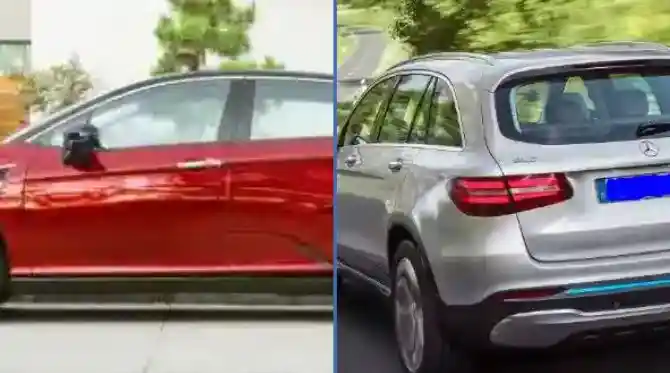
Some examples of HFCVs that are currently available or planned for sale or lease are:
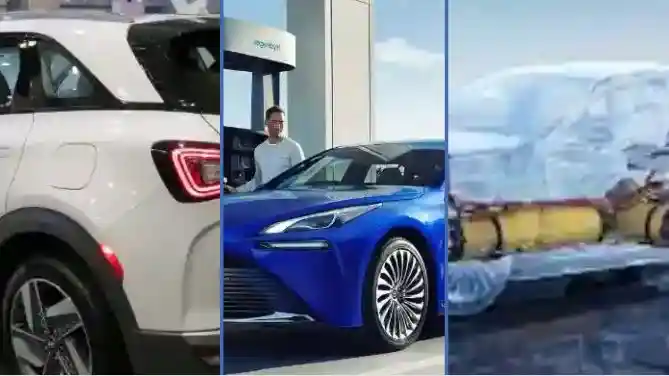
- Toyota Mirai: The Mirai is a four-door sedan that was launched in Japan in 2014 and in the US and Europe in 2015. It has a fuel cell system that delivers 113 kW (152 hp) of power and a hydrogen tank that stores 5 kg of hydrogen at 700 bar. It has a driving range of 402 miles according to the EPA2. The second-generation Mirai was unveiled in 2019 and is expected to go on sale in late 2020 or early 2021.
- Hyundai Nexo: The Nexo is a five-door SUV that was introduced in South Korea in 2018 and in the US and Europe in 2019. It has a fuel cell system that produces 120 kW (161 hp) of power and a hydrogen tank that holds 6.3 kg of hydrogen at 700 bar. It has a driving range of 380 miles according to the EPA.
- Honda Clarity Fuel Cell: The Clarity Fuel Cell is a four-door sedan that was released in Japan in 2016 and in the US and Europe in 2017. It has a fuel cell system that generates 103 kW (138 hp) of power and a hydrogen tank that stores 5.46 kg of hydrogen at 700 bar. It has a driving range of 360 miles according to the EPA6. However, Honda announced in March 2020 that it would discontinue the production of the Clarity Fuel Cell after March 2021.
- Mercedes-Benz GLC F-Cell: The GLC F-Cell is a five-door SUV that combines a fuel cell system with a plug-in hybrid battery system. The car manufacturer launched it in Germany in 2018 as a limited-edition model for lease only. It has a fuel cell system that delivers 115 kW (154 hp) of power and a hydrogen tank that holds 4.4 kg of hydrogen at 700 bar. In addition, it also has a lithium-ion battery that provides an additional 90 kW (121 hp) of power and can be recharged from an external source. It has a combined driving range of about 300 miles.
- BMW i Hydrogen NEXT: The i Hydrogen NEXT is a concept vehicle based on the BMW X5 SUV that features a fuel cell system. The BMW i Hydrogen NEXT is a car that runs on hydrogen. It uses a special technology called a hydrogen fuel cell. This fuel cell makes electricity from hydrogen and oxygen. It doesn’t produce any pollution from the tailpipe. BMW worked with Toyota to make this technology better. They want to use clean, renewable energy to make hydrogen. The car can go a long way before needing more hydrogen.
Conclusion
Hydrogen fuel cell vehicles use hydrogen gas to make electricity and move. They are good because they do not pollute the air and they can go far with less fuel. But they are also bad because they are very costly and hard to make. They also need a lot of things to work, like hydrogen stations and safe tanks. Hydrogen fuel cells are not very common now, but they might be more popular in the future if they get better and cheaper. They could help us save the planet and money, but they also have some problems to solve.

